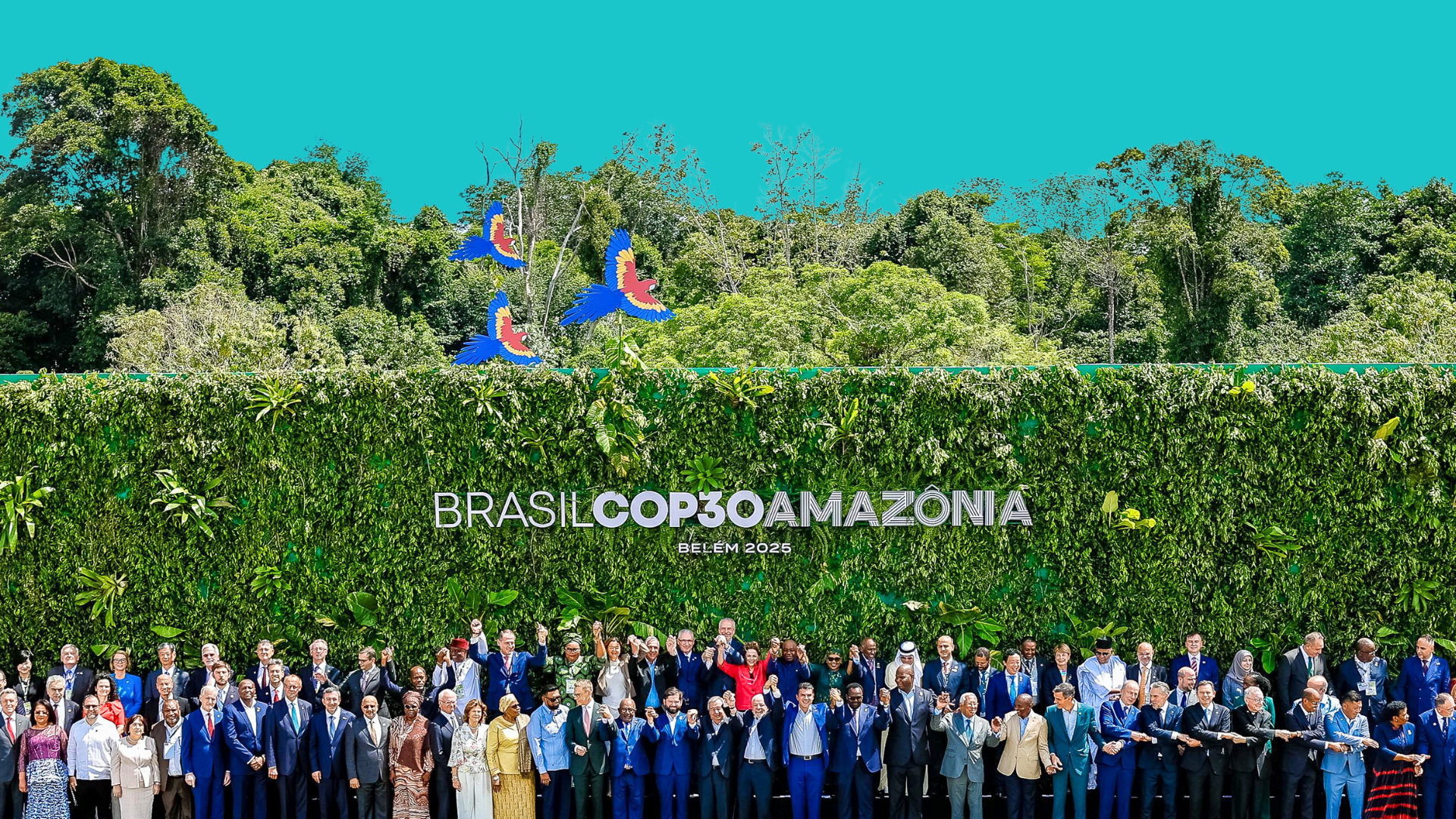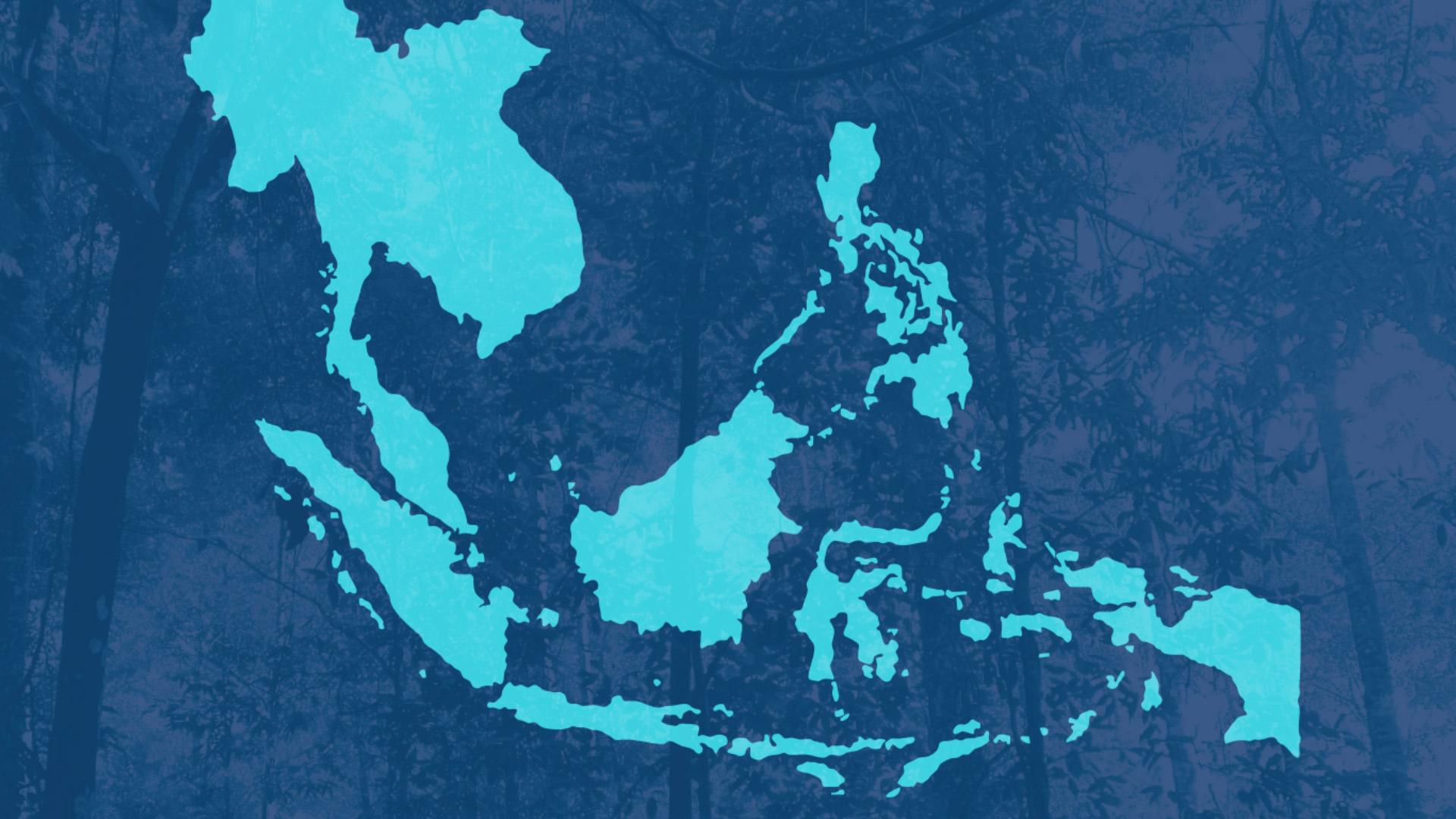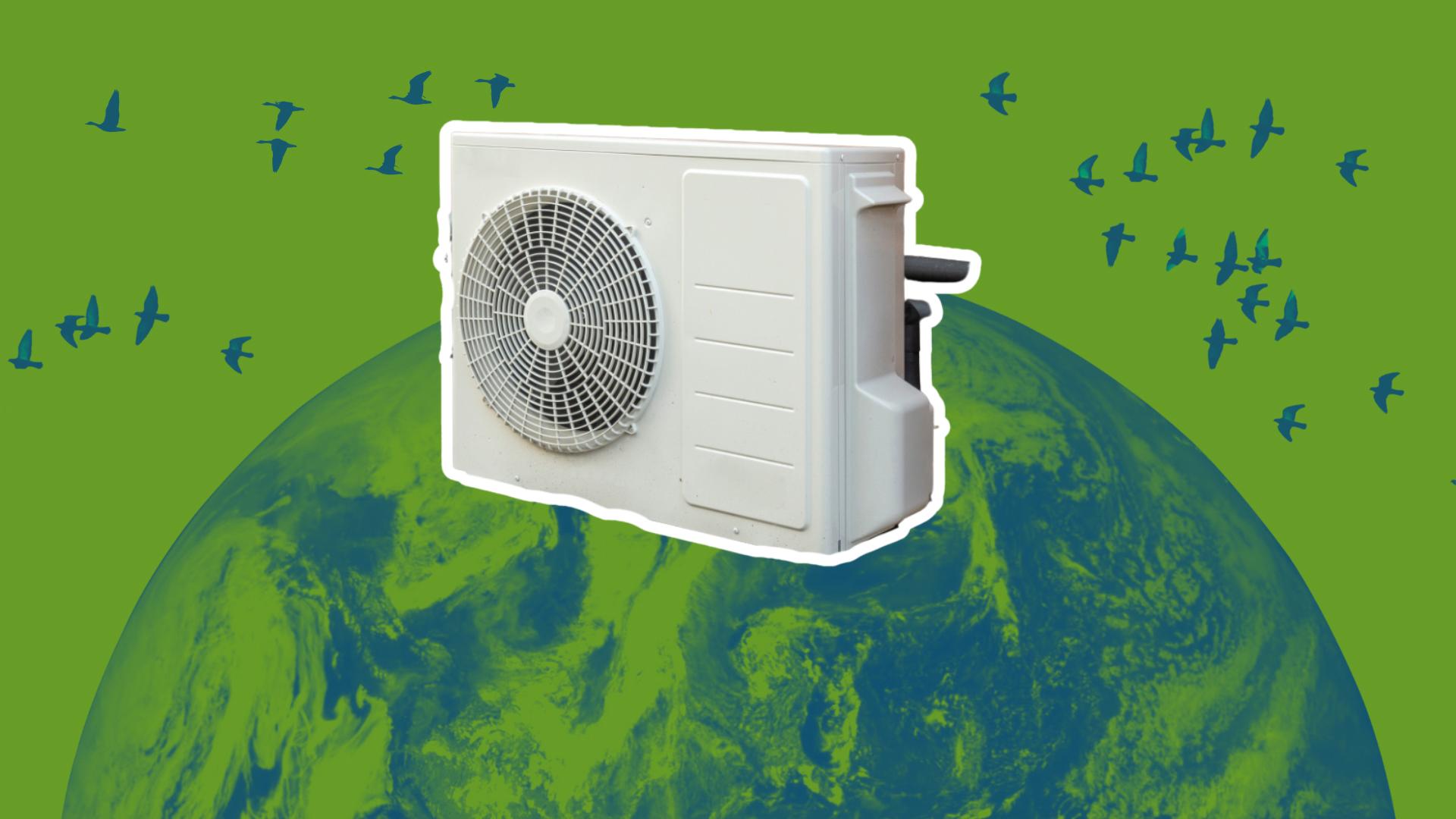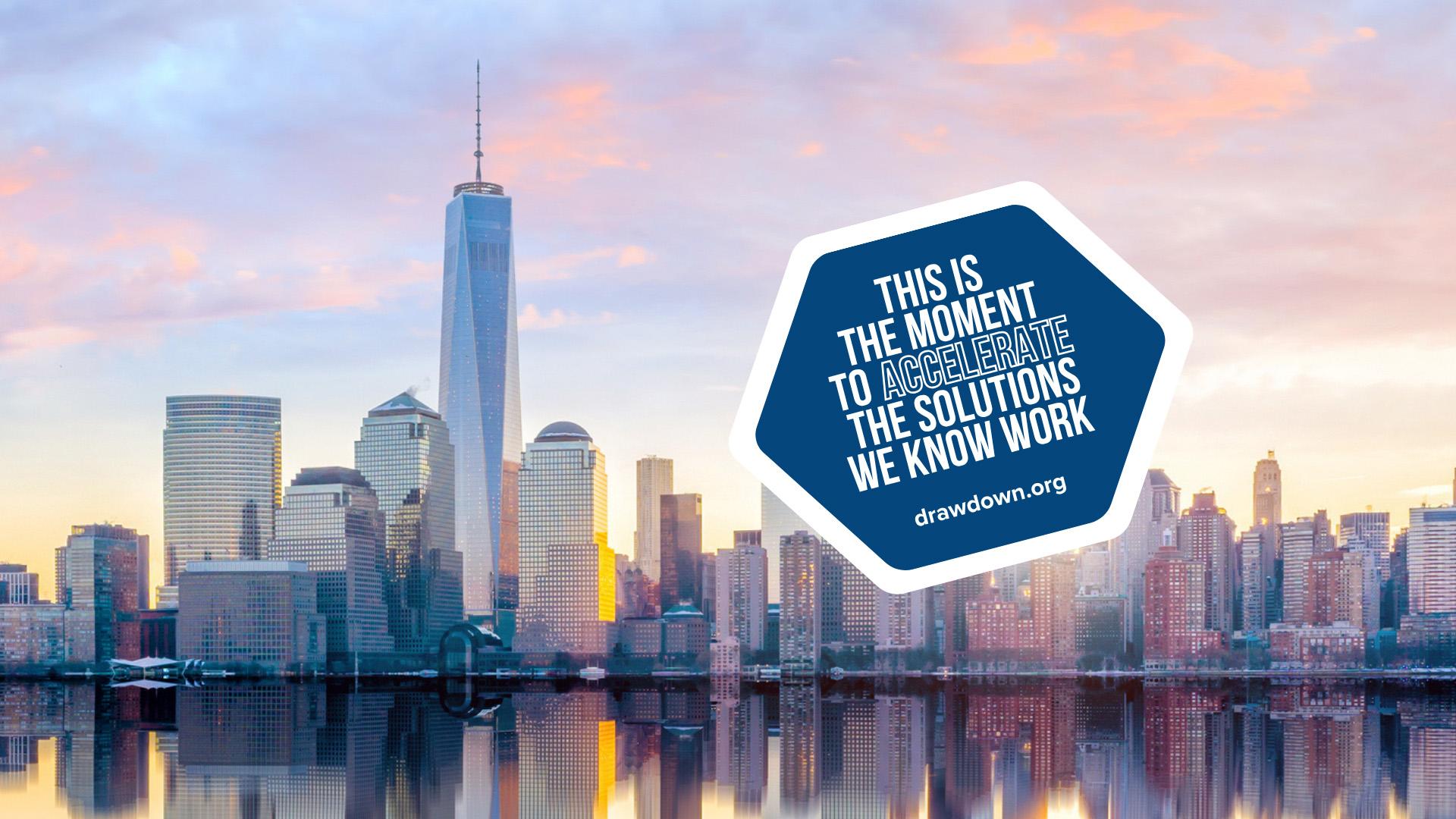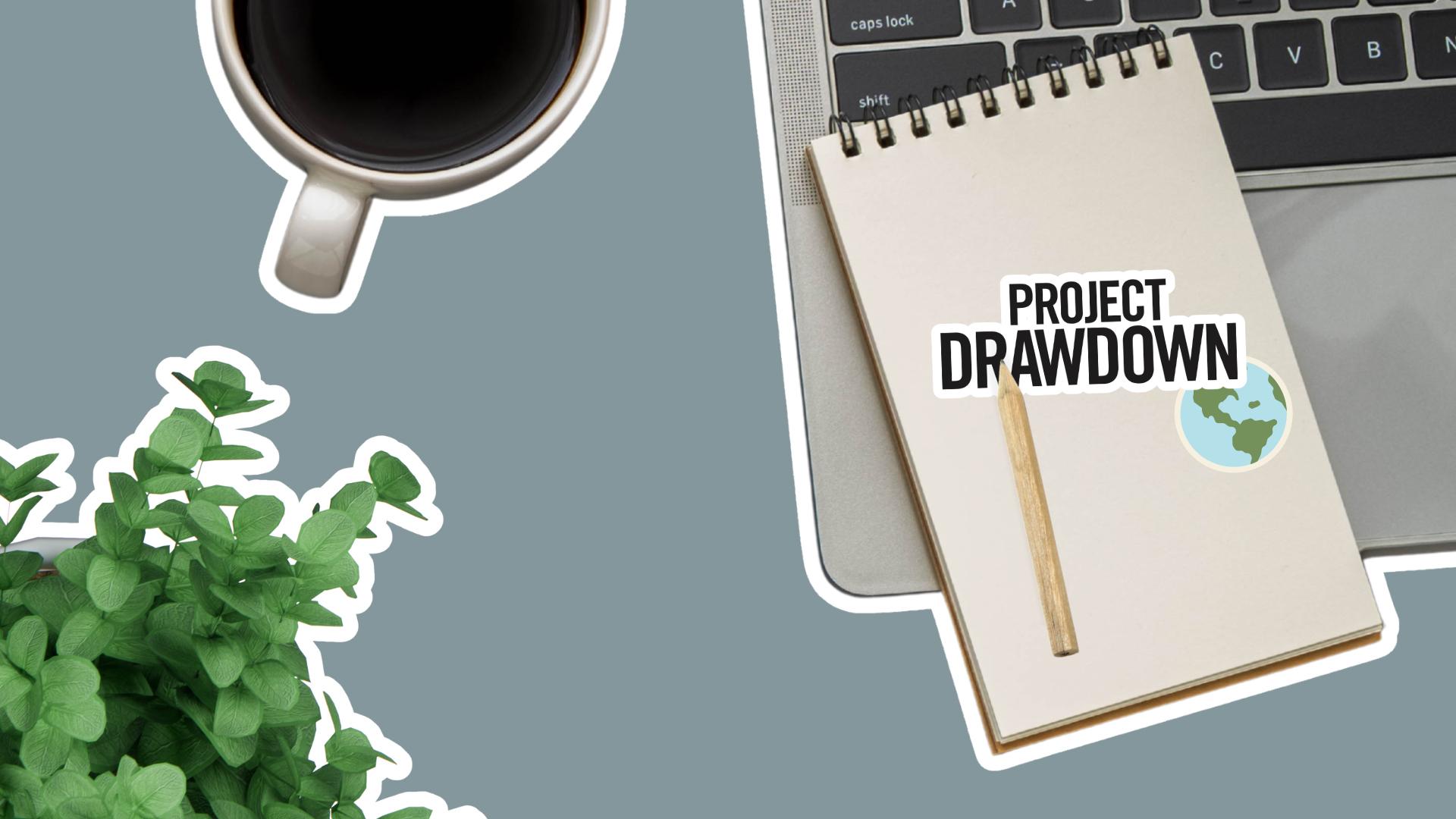Legal
- Governance
Work with the board’s compensation committee to tie C-suite compensation to achievement of the company’s climate targets. - Work with external counsel
Work with law firms that are committed to offering their clients services that “align and facilitate client decarbonization” and do not work with fossil fuel or other extractive industries. (Take note of the best and worst actors.) - Legal agreements
Adopt contractual language that requires taking into consideration climate risks and impacts.
Marketing
- Internal communication
Normalize the climate conversation. By crafting a new narrative within your own company and team, you can more easily do the same for your customers and clients. - Customers
Find creative ways to nudge consumers to take their own climate action. - Campaigns
Choose creative agencies that have robust climate initiatives, and ask all agencies what they’re doing on sustainability and climate.
Procurement
- Suppliers
Work with the operations team to develop company policies that give preference to sustainable suppliers and require suppliers to adopt science-based emissions reduction targets—and create penalties for noncompliance. (See and use as a template Salesforce’s supplier agreement). - Data
Invest in systems to gather, store, and utilize data on customer use to develop more sustainable products and processes. - Design
If your company has its own name brand products, collaborate with designers to develop products with low-carbon materials that are optimized for circularity (repairable, upcyclable, and recyclable).
Sales and Other Client-Facing Roles
- Managing sales
Institute incentives based on sustainability targets (for example, providing bonuses if a salesperson sells to a certain number of companies with science-based climate targets). - Pricing and fees
Work with the sustainability and finance teams to integrate the cost of carbon into your products and services (a ‘carbon fee’), and reinvest that cost into emissions reduction and sequestration. - Engaging customers and clients
If your company serves clients: serve more clients that work in climate advocacy (consider doing some pro bono work), and encourage clients to consider climate implications as they make their own business decisions.
Once you look beyond traditional leadership and sustainability roles, you will see limitless opportunities for tangible climate action throughout your business. To learn more about how every employee can help your company become a climate leader, see Drawdown Labs.



